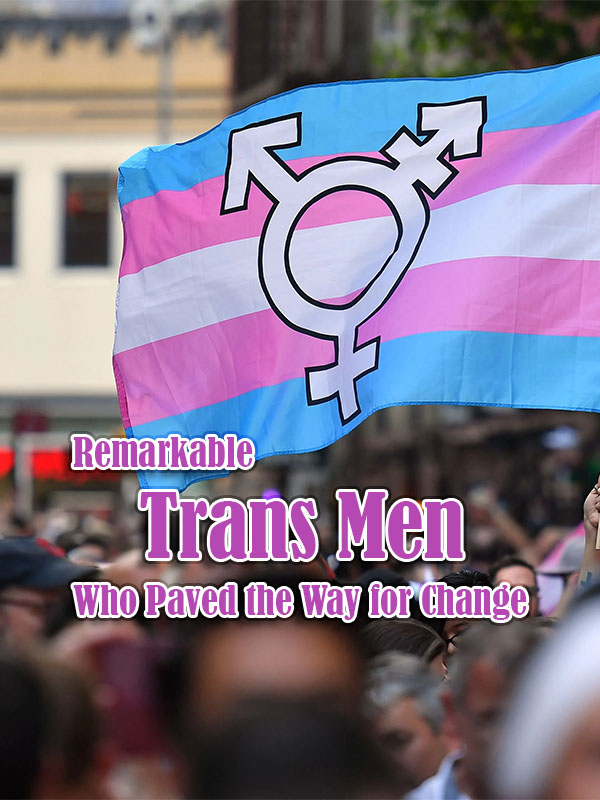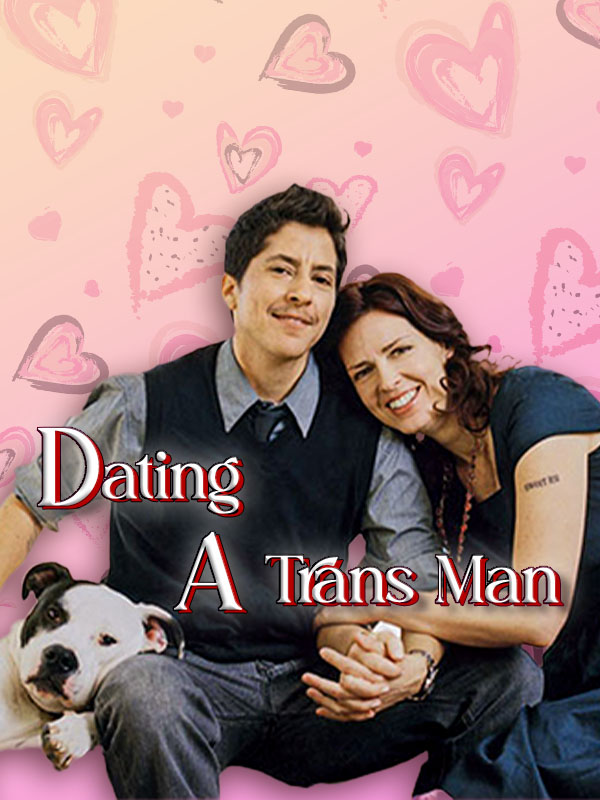What is Transmasculine? It’s Identity, History, and Challenges

Gender identity undergoes transformation regularly. Thus, the term transmasculine is important in society. It embraces an orientation of exposure for people born female who are or act in a less feminized manner.
Understanding transmasculine individuals helps end prejudice. It lets the community appreciate the many ways people embrace and show their gender. This article defines “transmasculine” and its background. It also covers famous people, the difficulties they face, and available resources. It emphasizes the importance of recognizing transmasculine individuals and groups.
What Does Transmasculine Mean?
Transmasculine is the main term. It covers all people assigned female at birth but with a more male orientation.
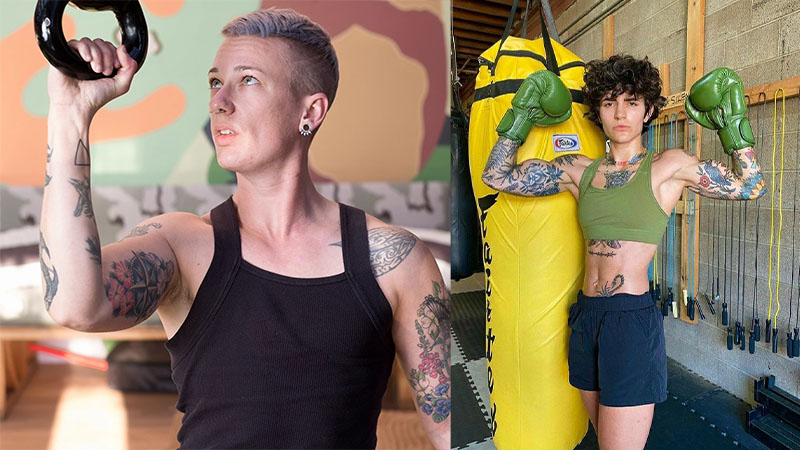
The term also covers lesbians, bisexuals, and queer men- who have a male gender identity. They are non-binary people with a more masculine gender. It also represents individuals who feel masculinity is part of their gender.
● Definitions and Identity Spectrum
This term is also very inclusive in gender. It includes many identities and gender expressions. It offers a good term for people who aren’t male but have male traits.

Today’s global situations need the identity spectrum. The old male and female roles can’t describe unique experiences.
● Common Terms and Pronouns
Names and pronouns that can be gendered to transmasculine people are pretty diverse. For instance, some people use he/him, others use they/them or can use both simultaneously.

You should always address or refer to any individual by the proper pronouns they prefer, since it’s a way of spreading love and inclusivity.
● Other related terms include
FTM (Female-to-Male) is another term formerly used for people who were once female but are now male. However, some dislike this term since there’s no clear transition between the two categories.
Trans Man is a common term that refers to a male assigned female at birth.
Non-Binary is a term used by people who prefer being transmasculine. It refers to having a gender expression that is more inclined towards the male gender.
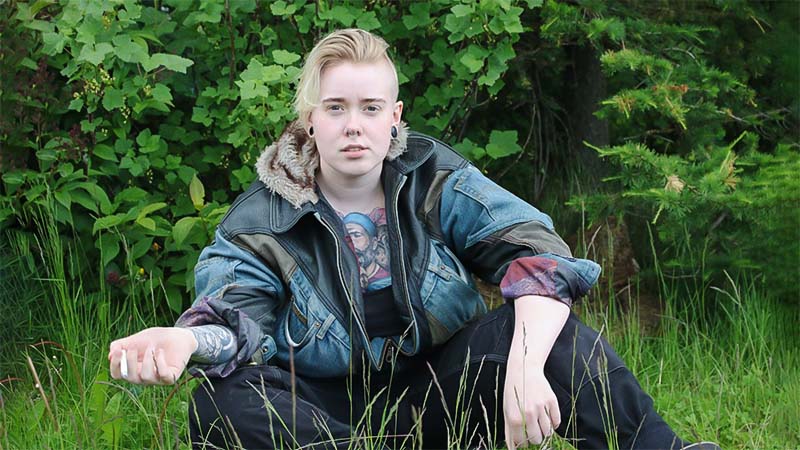
History and Evolution
“Transmasculine” is a relatively young term. It emerged in trans identities in the late 1980s and early 1990s. But the experiences it covers have existed for centuries.
Here is the history and evolution of the term transmasculine:
● Early uses of the term
Historically, the earliest use of the term transmasculine was in the 1990s in the Village Voice, New York, by the Native American tribes. However, these individuals felt a connection with masculinity but did not identify as males yet.
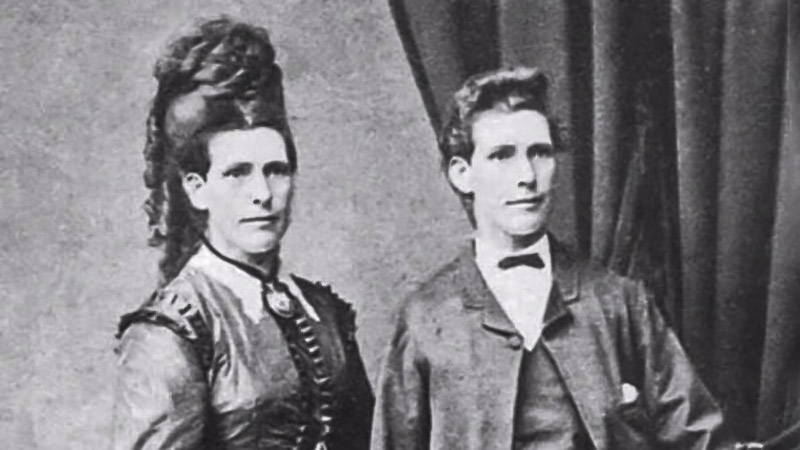
The second sign of the term’s use emerged near the end of the twentieth century and the start of the twenty-first. This is when societies began learning about diverse gender identities.
● Key Milestones
In the 1990s, the internet emerged. It helped transmasculine people connect and share experiences. This gave them a better definition of gender.
During this time, people often used terms such as FTM, for female to male. This was before the increasing use of general terms such as transmasculine.
2000s: The efforts of educated and empowered trans persons and the following from society meant heightened awareness of transmasculine selves. There were significant legal achievements, such as the anti-discrimination laws that extended to gender identity in some regions.

2010s-Present: The portrayal of transmasculine people changed slowly. Celebrities in entertainment and activists led. Others in different fields also represented transmasculine people. Sites of social networking have helped provide support and spread resources.
Notable Transmasculine Individuals
Transmasculine people have been seen as pioneers and icons. They have had a thriving impact in many areas of society. This is mainly because things done in public spaces raise awareness of transmasculine existence. They also encourage others on the journey.
● Chaz Bono
Chaz Bono, who is a child of famous pop icons Cher and Sonny Bono supports the rights of gays and lesbians. This includes his most recent work in activism. It has drawn much awareness to transmasculine concerns. It has motivated many in the transmasculine population.

Bono has also written books and has also been involved in a lot of speaking forums to pass messages on what it feels like to be a trans individual.
● Aydian Dowling
Born a female on July 16, 1987, Aydan today looks like a masculine man after going through a full FTM transition.

He is the first FTM individual to appear in the Gay Times magazine and, in 2015, appeared on the Men’s Health magazine cover.
● Thomas Page McBee
Thomas Page McBee is an acclaimed author and journalist. His work, including “Man Alive: one area that is represented most vividly in the considered memoirs and a true story of violence, forgiveness, and becoming a man” – is that of masculinity and gender identification.

In an analysis of McBee’s Talks and Writings, he focuses on self-identity. He covers expectations and the development of transmasculine people.
● Elliot Page
Elliott Page is an actor and a notable transmasculine individual who starred in movies such as “Juno” and the series “The Umbrella Academy”. He has been fully involved in entertainment. He has helped change views on transmasculine people.

Page’s journey of coming out and being out highlights transmasculine experiences. It also advances transgender rights.
Common Experiences and Challenges
The experiences and challenges include:
● Social Challenges
Many may choose to misunderstand and discriminate against transmasculine individuals. They do this across many parts of life. For example, transmasculine people usually have to deal with families not accepting them.
So, family rejection often causes homelessness. It also causes psychological problems and a lack of needed care. Research shows that being accepted by family improves mental health. It also improves well-being.
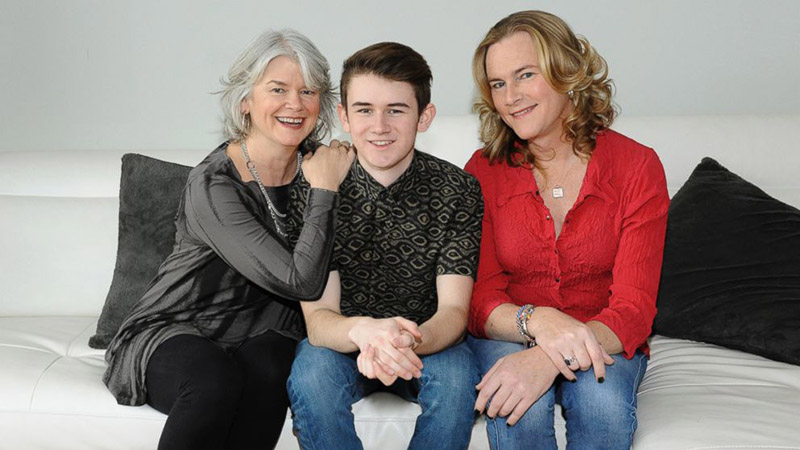
Schools and employers fail to have a suitable culture and policies that address transmasculine people. This can lead to bullying, harassment, and discrimination, affecting one’s chances of getting a job or advancing in school.
This way, we can change attitudes for the better and make the community more predisposed towards supporting inclusion.
● Medical Challenges
Medical care is a big concern. Transmasculine people get inadequate or wrong care from providers. This includes hormone replacement therapy (HRT). It also includes surgeries like chest reconstruction, hysterectomy, or phalloplasty.
Healthcare providers may also give other health treatments. But, they may have little knowledge about trans people. The training of healthcare workers is a serious concern.
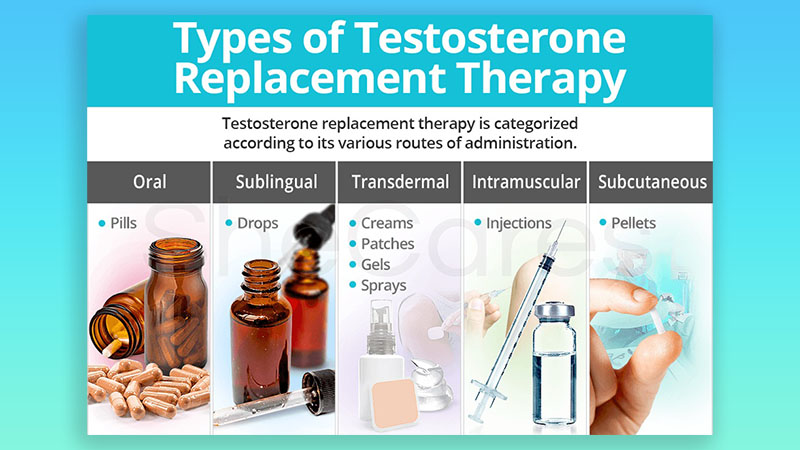
Lack of training may lead to incompetent or harmful medical care for trans patients. General healthcare systems that promote health and treat illnesses continue to discriminate against and show ignorance of transmasculine individuals.
This leads to poor care and a lack of health-seeking services. There is a need to enhance the healthcare providers’ knowledge to address the care of Trans people effectively.
● Legal Challenges
Right now, many areas demand complex processes. It is traumatic to correct the gender on official documents. For example, they need an actual ID to represent their new identity which in most cases they are denied.

Changing gender markers on IDs, passports, and other documents is also complex. In some cases, the jurisdictions expect proof of specific medical procedures or court orders. This creates even more hurdles.
Finally, note that some areas have fair non-discrimination laws that consider gender identity. But, several other regions have no such laws. Transmasculine people often face discrimination. This happens in areas like housing, jobs, health, and accommodations.
Resources and Support Systems Available
With available required materials, you can easily navigate through transmasculine life. some of the resources and support systems include:
● Resources
GLMA, which is the Gay and Lesbian Medical Association, as well as WPATH—World Professional Association for Transgender Health, creates directories where people can find resources about transmasculine and doctors that will cater to trans health needs.
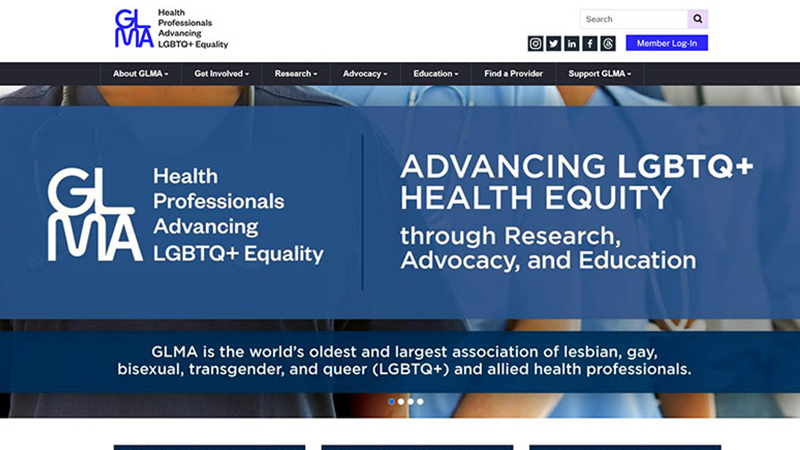
Books, articles, and documentaries can enlighten people about transmasculine experiences. For instance, ‘The Stone Butch Blues’ by Leslie Feinberg and ‘Becoming a Visible Man’ by Jamison Green. Also, Disclosures and Transhood are documentaries that explore the trans stories of visibility
● Support Systems
You can also get helpful information and help from close friends. Especially the ones who identify in the same gender identity and beliefs as you.
As a transmasculine person, you should seek healthcare information and resources. Consider working with trans-competent healthcare providers.
There are many emergency hotlines. For example, the Trevor Project and the National Center for Transgender Equality. These hotlines offer support to transmasculine people and provide relevant information.
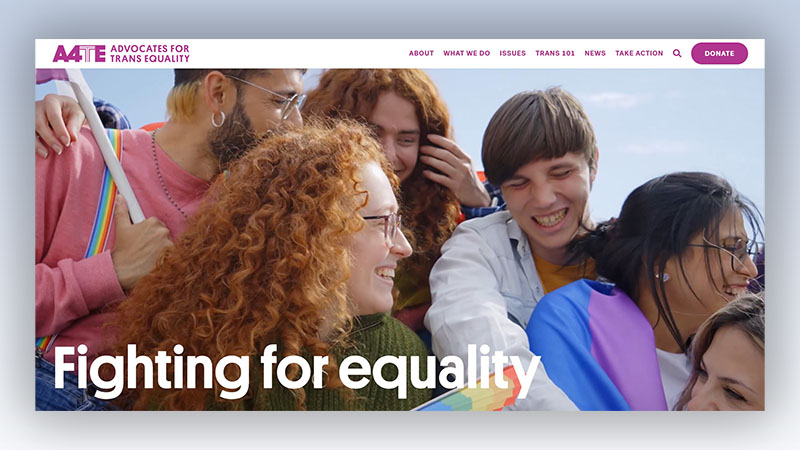
Conclusion
The transmasculine community has made progress. They have seen gains in visibility, acceptance, and rights. It’s vital for people of different gender identities to learn about transmasculine. They can help today’s societies accept diverse gender views.

Learning about and dealing with transmasculine individuals is a continuous process. We understand these cases and the struggles they go through. We fight constantly for equal treatment and recognition. This creates conditions for people with such orientations to live comfortably and freely.

 Basic Packers
Basic Packers Pack & Play
Pack & Play STP
STP





